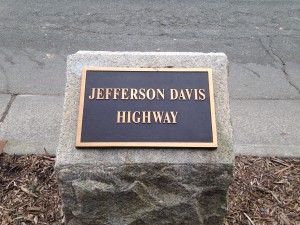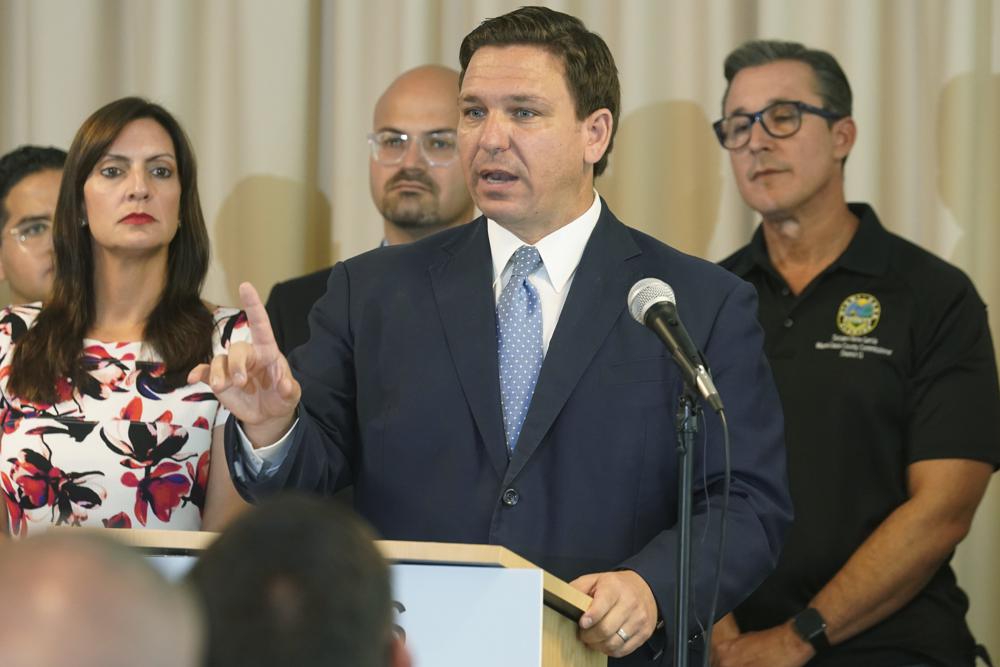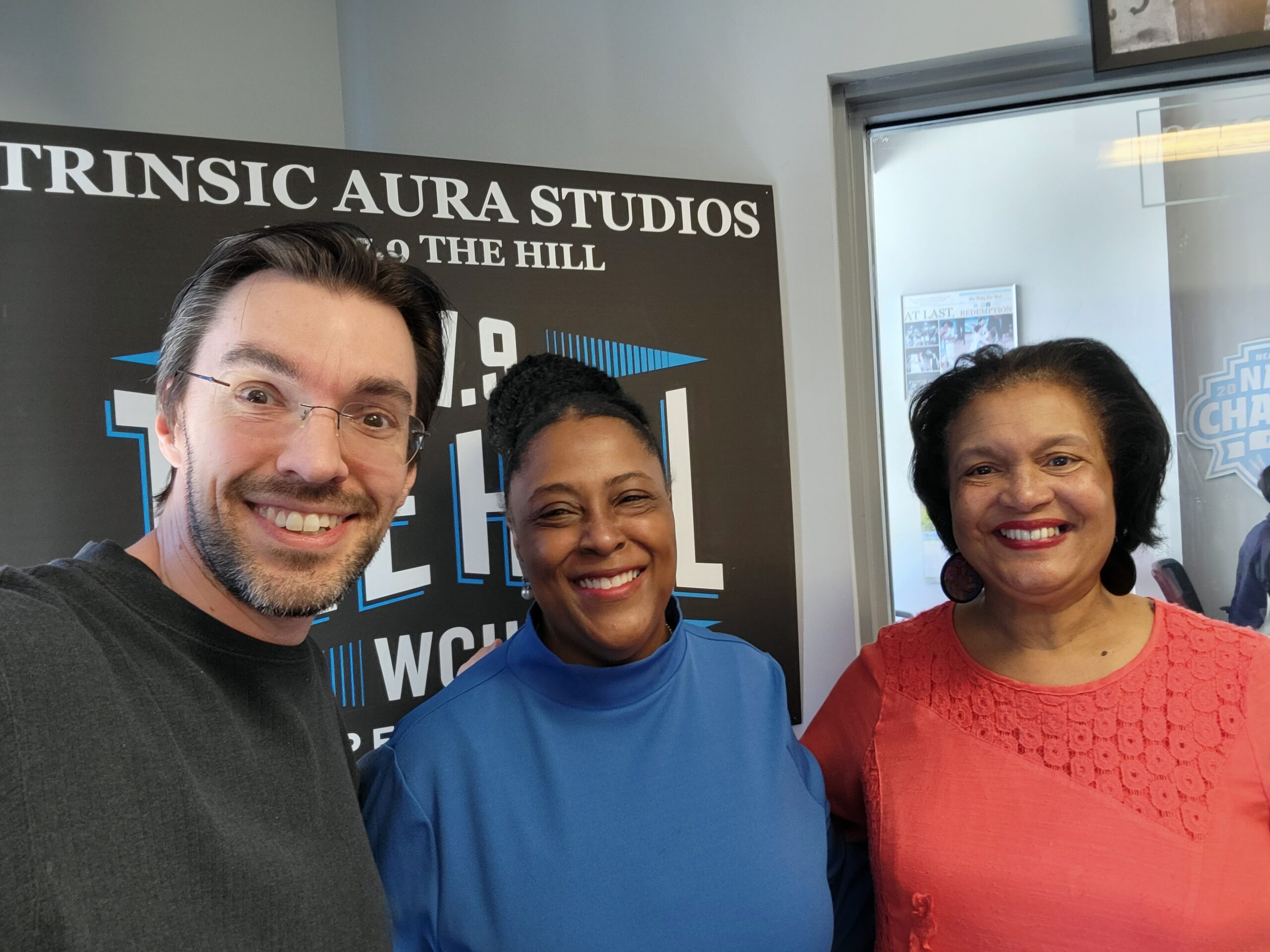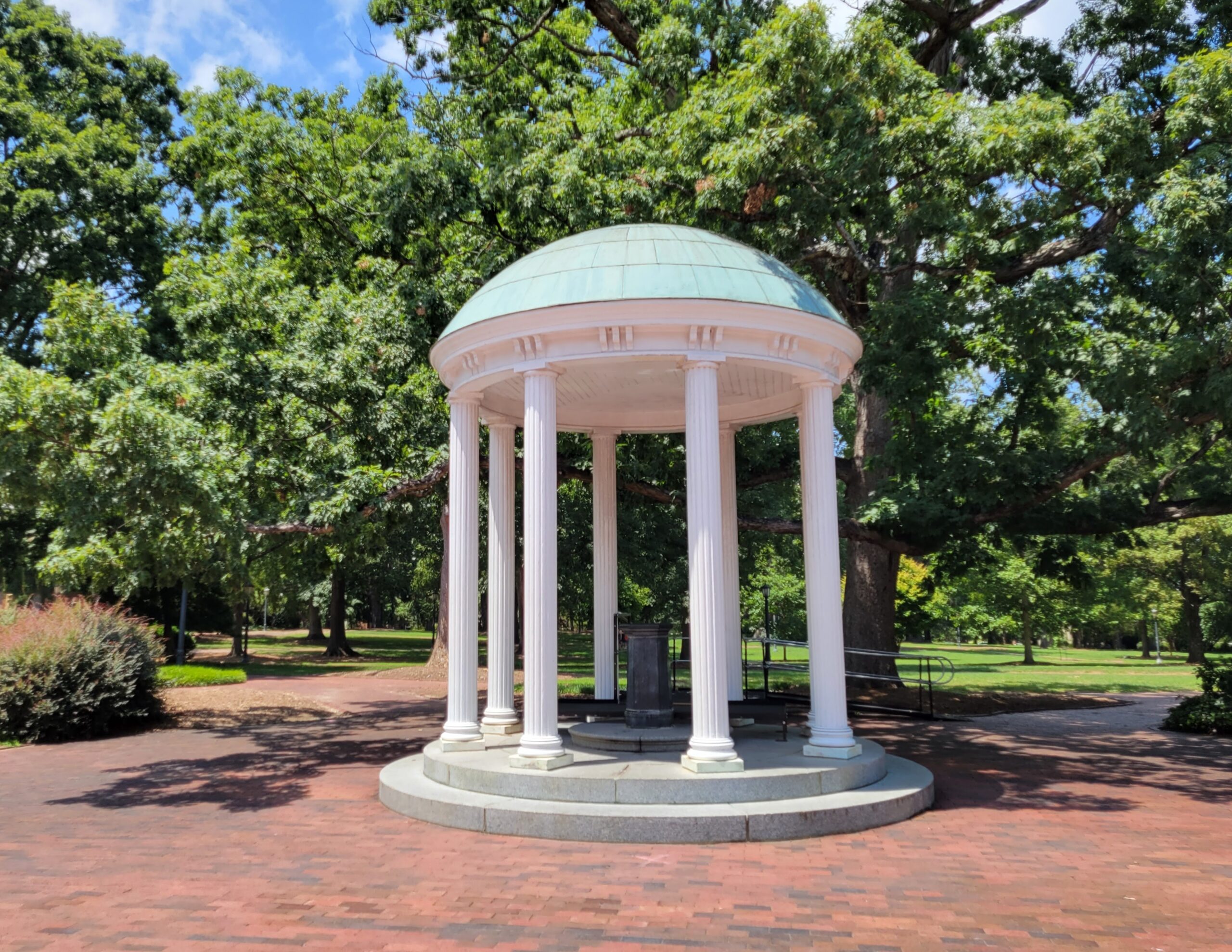On Friday afternoons you might catch Robert Porter leading a tour around UNC’s campus.
But it’s not your usual freshman orientation tour. It’s called the Black and Blue tour and it is a part of UNC’s larger efforts to improve race relations.
The tour begins at Silent Sam, a statue to commemorate students who fought in the Civil War. The statue was erected nearly 48 years after the war, at a time when racism and segregation were widespread in the South. Porter argues knowing that is essential to understanding how the statue got to the campus.
“We want to explain why this got here, the times in which that occurred, discuss the meaning of the civil war, discuss the meaning of the rising of Jim Crow in the 20th century,” said Porter.
That’s where, Porter said, plaques commemorating historical sights often fall short, they usually don’t provide enough context. Not far from Silent Sam stands another memorial.
“Some would say there is already a counterpart to it. Let’s see if you agree, follow me,” said Porter.

Unsung Founders Memorial on the Black and Blue Tour. Photo via Blake Hodge
That counterpoint is the Unsung Founders Memorial. It sits a little more than two feet off the ground and is held up by small figures around the bottom.
“You look up at Silent Sam and you look down and you sit down and maybe your feet wind up on the African American figures,” said Porter.
The statue, which is meant to honor the African Americans who helped build UNC’s campus as slaves, is dwarfed by Silent Sam. To put the African American experience at UNC into context, you have understand the history of those that are immortalized through building names on campus.
“Let’s see we have one named for Pettigrew, who didn’t he fall for the confederacy at Gettysburg? Then we have Vance, you know Zeb Vance, the confederate governor of North Carolina and then we have Battle Hall, yet another confederate,” said Porter.
Kemp Battle was one of the largest slave owners in North Carolina, ironically, Battle Hall is home to the African American studies department.

Marker on Franklin Street from the Black and Blue Tour. Photo via Chris Grunert.
Battle Hall is also right on Franklin Street or if you look closely you might find its other name.
“There is a marker, right there about five chain links from the end, that tells you this is the Jefferson Davis Highway or part of it,” said Porter.
Porter also highlighted someone who was important to UNC but was never able to attend. James Moses Horton was the first published African American author in the South. Horton was a slave in Chatham County but would come to UNC to sell produce and his original poetry to students. African Americans were not admitted to UNC until 1951. Most people do not know Horton but they might know a building named for him on campus.
“In the school books, as least as my students remember it, not so much and he has the dorm there, as I was telling you at the start but that dorm doesn’t get there until the 21st century,” said Porter.
Whom buildings are named for is a hot topic at UNC. Last year students and professors called for the renaming of Saunders Hall to Hurston Hall. Saunders was a North Carolina Secretary of State in the early 20th century but also a leader of the Klu Klux Klan. The Board of Trustee eventually named the building Carolina Hall.
“I can only imagine, I can only guess, I’ll never know but what it would be like to be a young African American student coming onto this campus for the first time. Let’s see we have Jefferson Davis Highway, we have a statue that dominates the landscape honoring the Confederacy and its cause. We have all of these buildings here that are named after confederate figures,” said Porter.
Then you might be thinking, why aren’t the names of these building changed? Some believe that it is important remember our history, even if it is flawed. The Board of Trustees placed a 16 year freeze on renaming buildings after renaming Saunders Hall.
So UNC students will still study in buildings named for Confederate figures for some time to come.







So the removal of the Boy Soldier statue was led up to by the guided tours prior to 2016 which worked on building up anti-statue sentiment over several years. If we spend years dissing the “Slave Statue” (prove THAT one is true, and remove it, what will be your reaction?